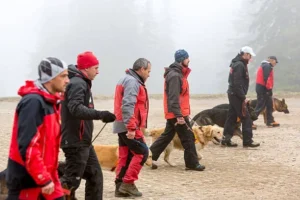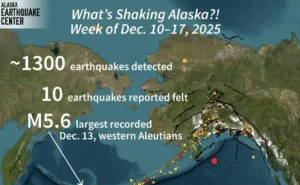According to a long-delayed state employee salary study, many workers in Alaska make less than similar market pay. The survey, which was made public on Wednesday, found that 32% of state workers receive salaries that fall below the 50th percentile for their job categories.
When the 65th percentile, Alaska’s usual criterion, is applied, the number of underpaid state employees rises to an alarming 57%. The study was carried out at the request of Governor Mike Dunleavy’s administration by the private company Segal, which was contracted for $1 million.
The contractor originally aimed to complete the study in June, but delays pushed the final release more than nine months past the deadline. Although initially directed to measure compensation against the 65th percentile, Segal later encrypted the 50th percentile per the administration’s August request.
A recent lawsuit by the Alaska State Employee Association revealed that the administration intervened to adjust the study’s benchmark mid-process. The union, representing about 8,400 of the state’s 14,500 workers, says it will continue legal action to access earlier versions.
Heidi Drygas, ASEA’s director, criticized the lack of transparency and demanded full disclosure of all drafts related to the wage study. Despite the union’s push, the Dunleavy administration emphasized that the study won’t automatically lead to immediate raises across classifications. Instead, the Department of Administration plans to analyze each job category for potential adjustments based on competitiveness.
Job categories found significantly underpaid include environmental health officers, librarians, fire technicians, economists, and aircraft mechanics, among dozens of others statewide. The state compared salaries, leave, and healthcare benefits across 42 employers, including other states, local governments, and Alaska-based private companies. Anchorage was the base labor market, ignoring higher labor costs in rural areas—lawmakers and state agencies alike due to low wages as a reason for high turnover and vacant roles.
This news article was originally published by Anchorage Daily News.












